Admit it. You’ve heard the term “marketing funnel” over and over again, but you don’t have a clue what it could mean.
Or maybe you know what a marketing funnel is, but you’re stumped on how to use it properly. You’re not sure what steps are incorporated in the funnel. The thought of using a marketing funnel to map out your customer’s journey leaves you dumbfounded and searching for answers.
Look, we get it. The marketing world is shifting all around us at all times. Even the decision-making process that customers use has changed entirely. This is exactly why understanding the path your customer takes is more important than ever.
Using a marketing funnel will help you do just that.
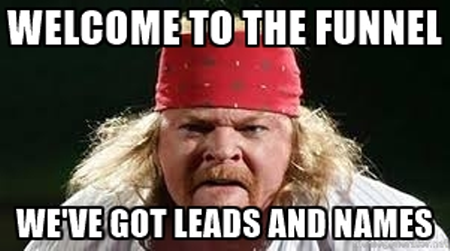
What is a Marketing Funnel?
You’re probably familiar with what a funnel is. Wide at the top, narrow at the bottom. Good for pouring liquids into smaller openings. Excellent for getting those pesky auto fluids into your car without spilling them all over your engine.
But we’re talking about marketing here. So how does this shape pertain to marketing strategies?
Marketing Funnel Definition
As we’ve hinted at above, a marketing funnel is a tool used to map out the stages of your customer’s journey from awareness of your product or service to the actual purchasing stage.
But to use a marketing funnel correctly means going beyond a simple definition. You need to understand exactly how the marketing funnel works. From top to bottom.
A common marketing funnel model is the AIDA model, which has four distinct stages to it. It also pertains more to an inbound marketing approach rather than an outbound one.
- Awareness
- Interest
- Desire
- Action
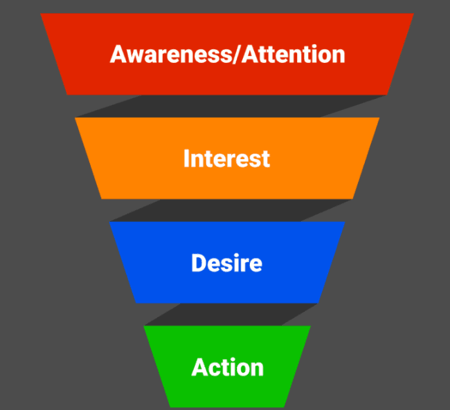
As you can see, the customer begins in the awareness stage. Knowing what their problem is, the type of product or service they need to solve it, and being aware that you exist. From there, they move into the interest stage. This involves them being interested in you as a solution to their problem.
The customer then proceeds into the desire stage. This is where they are convinced that your product or service provides the solution they’re looking for.
Then comes the action stage, where your customer actually purchases your product or service. Congratulations! Your customer has successfully made it through the funnel.
Marketing Funnel vs. Sales Funnel
When we talk about a marketing funnel and what it entails, sometimes the term “sales funnel” will be used instead. Often, the two terms are used interchangeably to describe the same funnel.
Truth is, marketing and sales are two separate entities, even though both teams must work in tandem with each other to ensure success!
| Marketing Funnel | Sales Funnel |
|---|---|
| Starts with building awareness | Starts towards the bottom at the action phase |
| Describes the customer’s journey up to decision to purchase | Describes the customer’s journey through the purchase procedure and beyond |
The line between marketing funnels and sales funnels is as fine as it gets. It’s important to note that both terms are used often to describe the same procedures and that context can sometimes be the only difference between the two.
What Makes the Marketing Funnel So Important?
There are a plethora of reasons why learning and understanding the marketing funnel is crucial to your success. To cover a few of the most important points:
- It allows you to visualize the customer journey from discovering your product to purchase
- It allows you to tailor your content and strategies to each customer depending on where they are in the funnel
- It helps you understand which of your strategies are working to push your customers through the funnel
The paths your customers take from top to bottom will always be a little different from customer to customer. However, the marketing funnel helps streamline that process in general.
Stages of the Marketing Funnel

Now if you’ve done any of your own research into marketing funnels and their stages, you may have come across some terms like “ToFu”, “MoFu”, and “BoFu”. And no, we’re not talking about those little white blocks of soy that vegetarians like to eat. These terms actually describe the three levels of the marketing funnel: top of funnel (ToFu), middle of funnel (MoFu), and bottom of funnel (BoFu).
While we’ve talked a little bit about the stages of the marketing funnel when describing the customer journey from top to bottom, if you want to understand exactly how to use the different stages to your advantage, you’ll need to go a little more in-depth.
The types of content and the strategies you use will vary depending on which segment of the funnel you’re targeting!
| Top of Funnel | Middle of Funnel | Bottom of Funnel |
|---|---|---|
| Widest range of leads | Qualified lead count starting to thin out | Most narrow range of leads |
| Content should educate and not be overly salesy | Content should provide value, but also should mention your product or service | Content should provide a clear view to customers why you’re right for them |
Top of Funnel (ToFu)
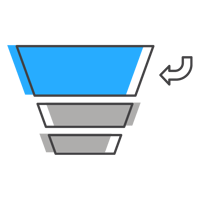
The top of the marketing funnel is all about building awareness of your brand. This is where you’ll have the widest net to catch potential leads and start nurturing them. People in this stage are aware they have some sort of problem they need to be solved and are looking for the solution. Your goal here is to help educate them and point them in the right direction, but without anything resembling a sales pitch. That can wait for the middle of the marketing funnel!
So what are some different types of content and specific strategies you can use to cater to your audience at the top of the marketing funnel?
- Blog posts
- Video content
- E-books
Blog Posts
A classic piece of inbound marketing content, your blog posts catering to the top of the funnel should be addressing common pain points that your audience encounters. These should be as informative as possible and should not have anything resembling a sales pitch in them.
Something like this post on SaaS free trials on the Roketto blog:
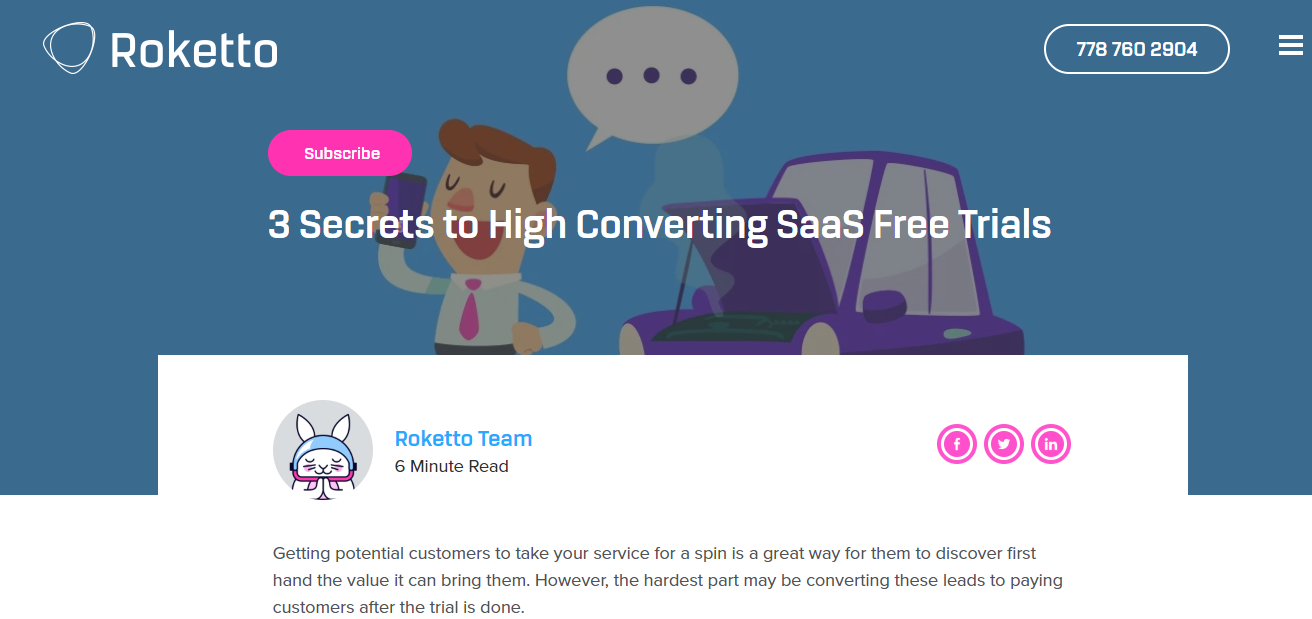
This blog post addresses a problem that SaaS companies often have regarding free trials: they aren’t converting enough. Informative, but not salesy. Perfect for the top of the marketing funnel.
A foolproof way to find out what kind of content you should be producing is to do some keyword research. What types of problems are your potentials searching for on Google? Tools such as SEMrush’s keyword research tool make keyword research quick and simple.
Video Content
Did you know that video content receives 1200% more shares than regular old text content? That’s why it’s more important than ever to jump on this highly popular medium of content delivery!
When it comes to the top of the marketing funnel, your video content should follow a similar path to your blog content. You want educational content catering to your audience’s issues, not a sales pitch.
Email on Acid has been producing some great ToFu video content in the form of quick tip videos. Like this one on sending great welcome emails.
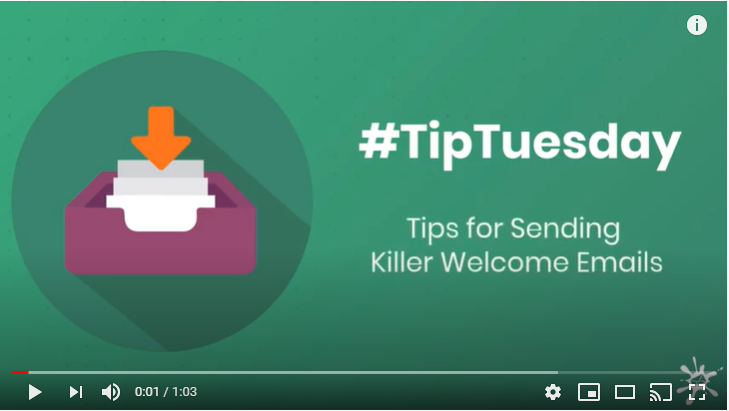
Short, informative, and without being pushy. Email on Acid has mastered the use of video for their ToFu content. Their intention is to help solve the problems that their audience might have, all while building awareness of their brand as leaders in their field.
Great video content is the future. Don’t sleep on it if you want to make the most of the marketing funnel!
E-Books
E-books are another fantastic bit of ToFu content. If you want to show that you are a leader in your industry and know all of the ins and outs, a more in-depth e-book is the way to do it.
The theme here is the same as your blog posts and videos: providing the value of information to help solve their problems without the pressure of sales pitches. The difference here is that e-books are much more in-depth than a simple blog post. You really get to shine here as an authority on the industry you’re in!
E-books are something Moz has mastered. Being an industry leader in digital marketing, their top of funnel e-book content is on point. Like this one on introducing beginners to SEO.
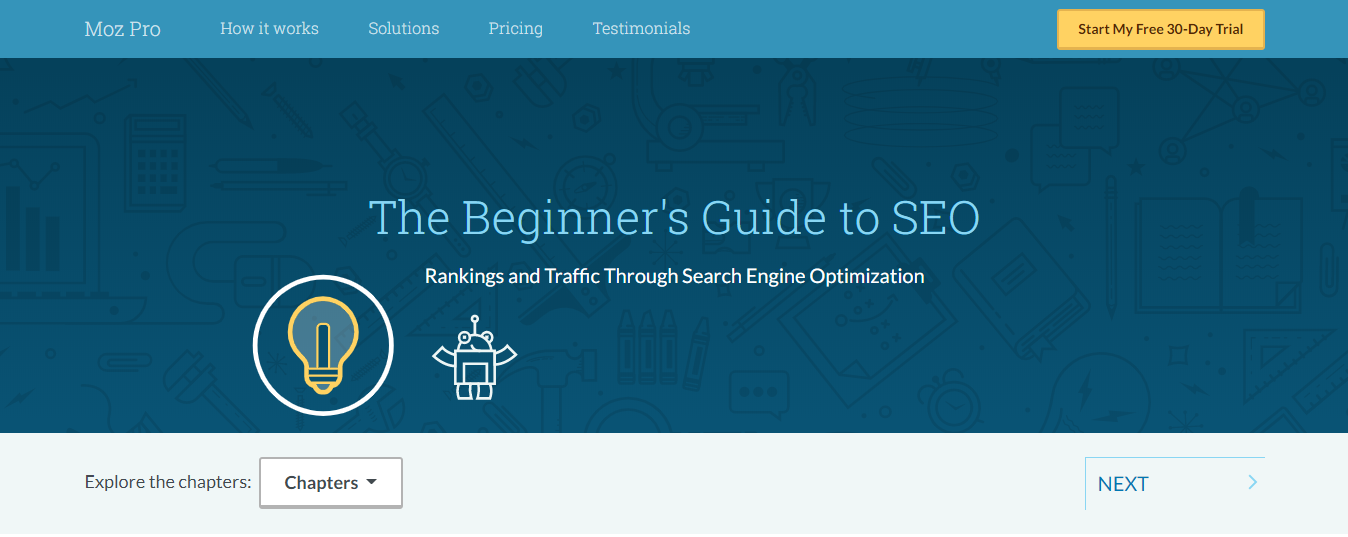
If you didn’t know that Moz was an authority in all things SEO, you certainly would after reading this e-book!
And that’s exactly the benefits that e-books can bring to you. No marketing funnel strategy would be complete without them.
Middle of Funnel (MoFu)
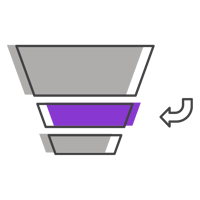
The middle of your marketing funnel is where the real fun begins. Considered by many to be the most important part of the marketing funnel itself, your MoFu strategies and content need to be well planned and well-executed in order to push your prospects further down the funnel.
You have an audience, they know they have a problem that they’re actively seeking the solution to, and you are on their radar. Now is the time to start showing your audience that you have the solution they’re looking for.
We also need to talk about offering content in exchange for contact info. Building an email list of your prospects in the middle of the marketing funnel is going to be crucial to help send them to the next stage!
Your content and strategies should be tailor-made for your audience in the MoFu stage. Content and strategies such as:
- Webinars
- Guides
- Email campaigns
Guides
When people are looking at your product or service as a solution to any problem they might be facing, one of the first things to come to their mind will be how to actually use your product or service!
Producing a guide on a specific feature, or even how your product or service solves a certain problem can be a golden opportunity to demonstrate value to your prospects.
Have a look at popup and widget creator Getsitecontrol and their guide on installing widgets to websites:
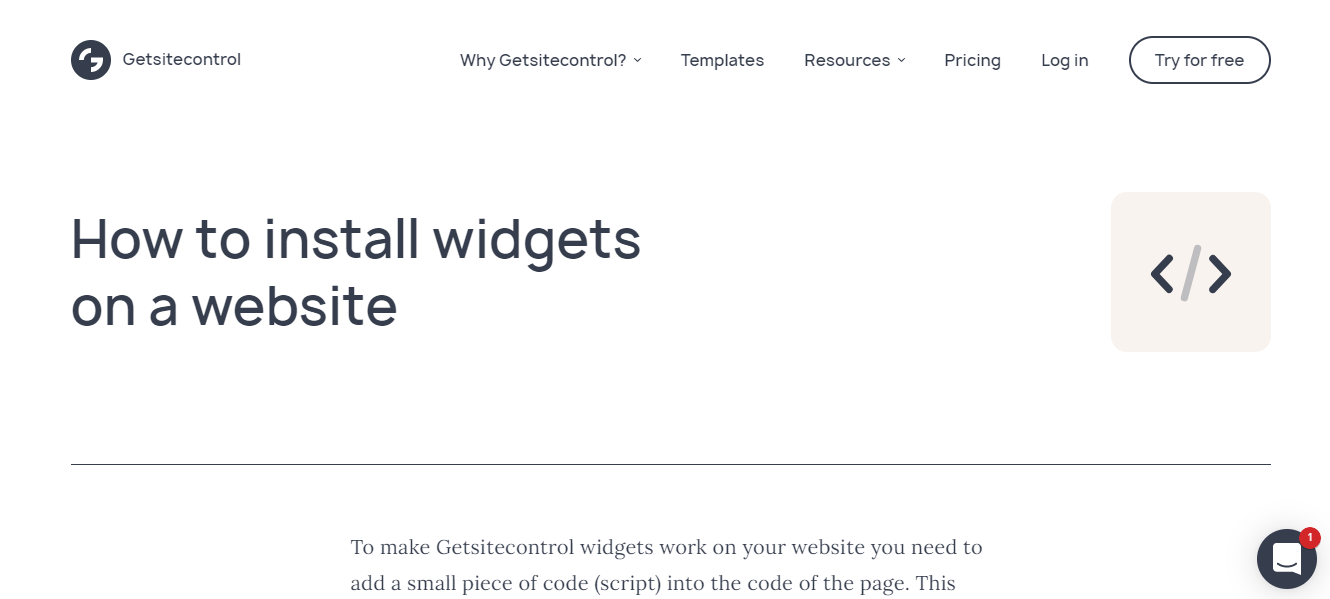
Getsitecontrol demonstrates the value of their service by showing just how easy it is to install their widgets on websites. In today’s day and age, ease of use is a giant factor when it comes to marketing software!
Don’t underestimate the power of guide content as part of your middle of the marketing funnel strategy!
Webinars
Webinars seem to have immensely grown in popularity in the past little while. Something about listening to experts talk about products or services combined with visuals seems to go down well with the internet in general.
While guides are incredibly valuable to your audience, webinars take it one step further. Adding audio and video really takes educational content to the next level. However, this means a little extra effort on your end is required. Initially, you need to create an event poll using tools like WhenAvailable to know availability of your audience and schedule webinars accordingly.
So how do you use webinars to elevate your MoFu content strategy?
While you should still be providing some sort of educational value to your prospects, this educational value should be in relation to your specific product or service. You can use webinars to:
- Show how your product or service can solve your customer’s problem
- Show how certain features work
- Demonstrate your expertise in the field
Another fantastic part about webinars is the typical Q&A session at the end. If you skimmed over an important feature and someone in your audience would like more info, they’ll simply ask you about it. This provides more room for you to demonstrate value and gives your audience the knowledge they seek. A win-win situation for all!
Many companies use webinar signups as a tool to gather those valuable email addresses. Intercom does exactly this with a quick and painless signup form to access their webinar on recently released features:
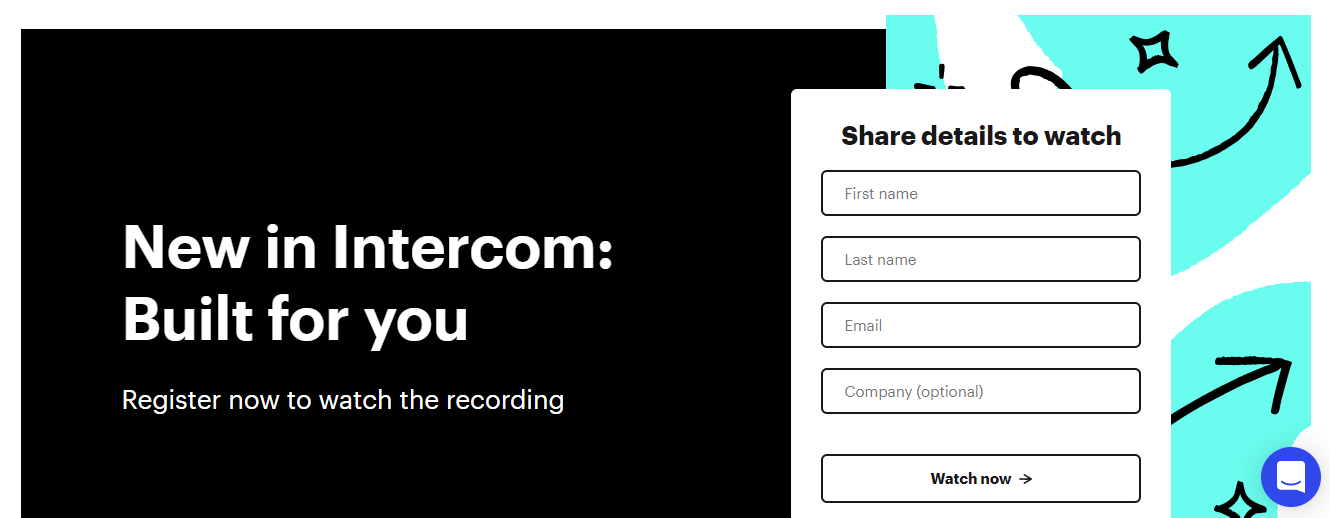
Be careful with webinars, though. While you should, of course, be promoting your product or service as an industry leader, your webinar isn’t about you. It’s about your audience. They have a problem and are looking for you to solve it for them. You need to keep it at the front of your mind that your main objective is providing value to your audience.
The webinar is a powerful medium to get your message out there. Don’t pass it up!
Email Campaigns
More of a strategy than a source of content, email is always going to be valuable to a great marketing funnel strategy. Email as a strategy in the middle of the funnel is all about nurturing those leads to push them through to the bottom. This goes beyond sending the simple monthly newsletter that your customers have signed up for.
So what are a few email best practices you should be following?
- Segment your email list properly
- Continue to provide value. It’s all about the customer, not you
- Use personalization tactics to develop the relationship between you and your customer
Check out this email from business instant messenger program Slack:
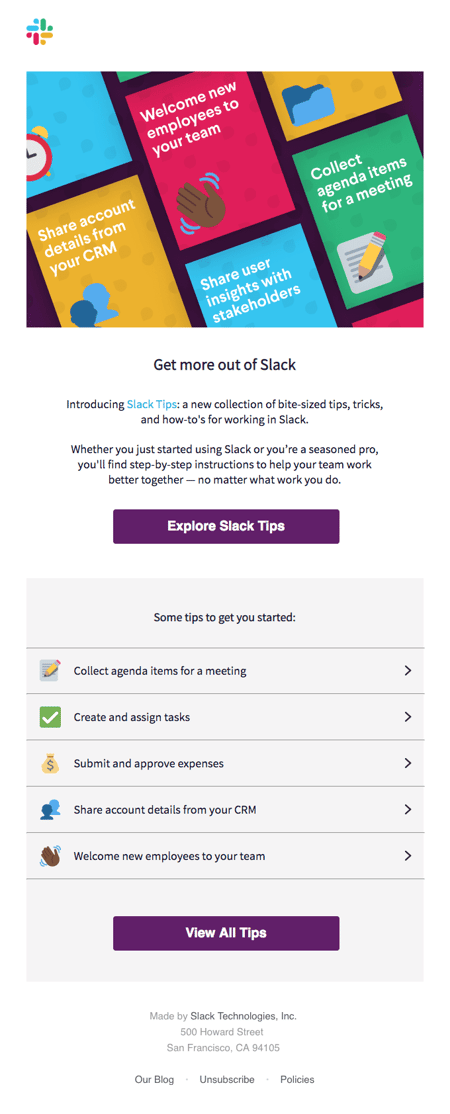
Instead of a simple monthly or weekly newsletter, Slack provides some value to their prospects with some tips on using different features within their service. This is a great way to make a customer feel valued as well!
Email isn’t going away any time soon. Make sure you learn all the best practices for email campaigns as they relate to marketing funnel strategies and implement them now.
Bottom of Funnel (BoFu)
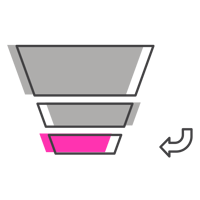
Congratulations! You’ve made it past the warzone that is the middle of the marketing funnel. While that may be the most complex stage of the customer journey, the battle is not yet won. At this point, you have a much more narrow selection of leads who know exactly what they want, but you’re still going to need to give them that extra nudge that leads to them purchasing your product or service.
Content at the bottom of the marketing funnel is all about your product or service. Your audience is well aware of what it can do for them and what problems it can solve. Now the question they’re looking to answer is why they should choose you over any of your competitors!
So what types of content can you use to show your audience why they need you and no one else?
- Demos
- Free trials
- Social proof
Demos
Here’s where you can really show how you stand out from the competition. Product demos are the perfect way to demonstrate your unique selling point.
Got a feature that no one else has? Does your product or service knock it out of the park in the ease of use category? These are exactly the types of attributes you need to be showing off in your product demos.
PushEngage, a service offering push notification creation for websites, has a live demo on their website allowing you to create your own push notification to see exactly how their service works. What better way to show your audience that you’re the one for them.
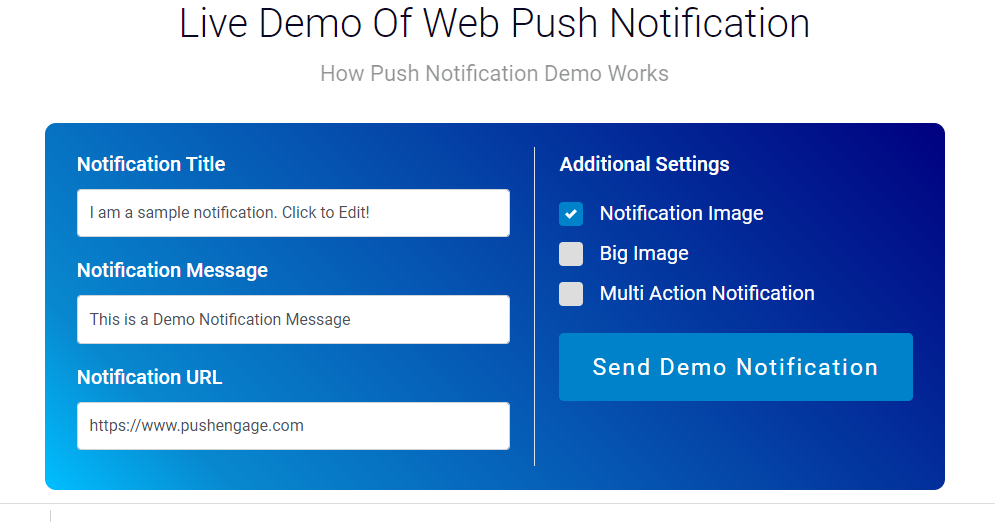
Demos are a vital part of any company’s BoFu strategy. Show your audience what you’re all about!
Free Trials
Now this should be a no brainer. We’ve talked loads about free trials in the past. But that’s because they’re a staple of any bottom of the marketing funnel strategy.
These days, pretty much everyone looking to buy a service wants a free trial to ensure that what they’re getting is going to meet their specific needs. Can’t really blame them for that. Your free trial is essentially the last gateway for your customer to pass through before they make a purchase, so make it count.
On that note, here are a few tips you can use to maximize your conversions on your free trial signups:
- Create urgency. People don’t like having things taken away from them. A limited time discount is a great example of this.
- Make the transition from free to paid as painless as possible. Don’t turn away customers with a horribly designed signup form or convoluted procedures to go from free to paid.
- Combine trials with an email strategy to nurture your trial signups. Keep the emails relevant to what your audience is after.
Free trials are a key piece of any BoFu strategy. There’s a reason why almost every service out there uses them.
Check out this example from the industry leader in Queue Management systems Skiplino.
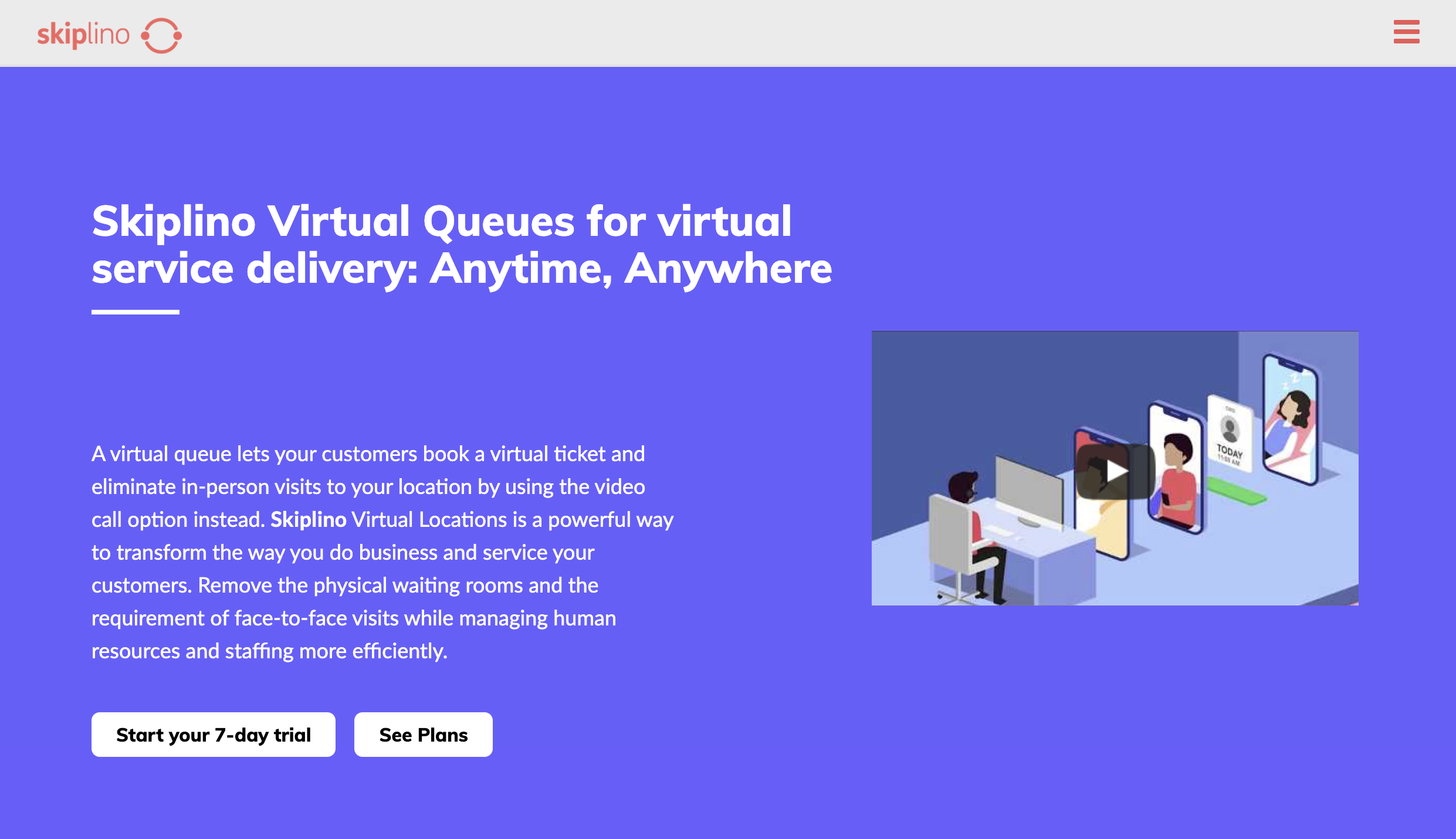
Social Proof
You can tell people about how amazing your product or service is all you want, but some people want to hear it from those who have nothing to gain from praising it. This is called social proof. Sometimes, this is the last little push that a prospect needs to go from potential to paying customer!
Social proof takes on many different forms. Including:
- Testimonials
- Reviews
- Social media posts
- Customer case studies
If your product or service is already receiving rave reviews, put that on display! Let your audience know exactly how satisfied your customers are with you. What they have to say will often be much more convincing than anything you can say about yourself!
Certain customers just need that last little push to end up on the other side of the fence. Use social proof as your secret weapon to help them take the plunge!
Marketing Funnels Summary
The main thing you need to understand about a good marketing funnel is what it’s used for: map out the customer journey and adjust your content and strategy accordingly. After all, without the marketing funnel visualization, how would you know what content to produce for each stage?
Don’t forget the four main stages:
- Awareness (ToFu)
- Interest (MoFu)
- Desire (MoFu)
- Action (BoFu)
Understanding how each of these stages function and which content to produce for each is key to making the marketing funnel work in your favor. Without that knowledge, they’re useless to you.
Still Need More Info?
Conquering the marketing funnel stages can be complicated. We get it. There’s no shame in asking for help. Tag us in and let us finish the fight for you!

Chris Onyett
Chris is one of the managing partners at Roketto. His area of expertise is digital marketing and loves sharing and educating on topics like Google Ads, CPC bidding tactics, Google Analytics, and marketing automation. When Chris isn't in the office, he enjoys playing volleyball, mountain biking, and hiking with his American Eskimo.












2.png)
2.png)


